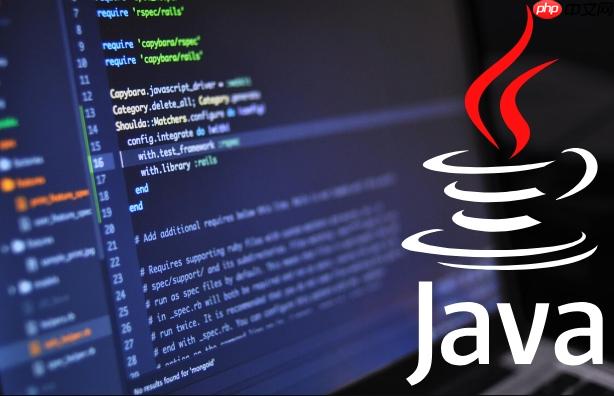通过调用ThreadPoolExecutor的set方法可动态调整线程池大小,结合监控实现自动伸缩。使用setCorePoolSize和setMaximumPoolSize修改核心与最大线程数,allowCoreThreadTimeOut和setKeepAliveTime控制线程空闲存活;示例中根据队列积压情况定时调节线程数,需注意避免频繁调整、设置合理阈值,并借助监控工具评估调整效果,确保系统稳定与资源高效利用。

Java中动态调整线程池大小是优化资源利用和应对负载变化的重要手段。标准的ThreadPoolExecutor虽然创建时设定了核心和最大线程数,但这些参数在运行时是可以修改的,这就为动态调整提供了可能。
Java提供的ThreadPoolExecutor类暴露了几个setter方法,允许你在运行时更改线程池配置:
setKeepAliveTime使用更灵活。allowCoreThreadTimeOut后所有线程的空闲存活时间。示例代码:
ThreadPoolExecutor executor = new ThreadPoolExecutor(
2, 5, 30L, TimeUnit.SECONDS,
new LinkedBlockingQueue<>(10)
);
<p>// 动态增加核心线程数
executor.setCorePoolSize(4);</p><p>// 提高最大线程数以应对突发流量
executor.setMaximumPoolSize(8);</p><p>// 允许核心线程超时,节省资源
executor.allowCoreThreadTimeOut(true);
executor.setKeepAliveTime(10, TimeUnit.SECONDS);
你可以结合监控机制实现自动调节。比如定时检查队列长度、CPU使用率或响应时间,据此决定是否扩容或缩容。
立即学习“Java免费学习笔记(深入)”;
ScheduledExecutorService定期执行调整逻辑。简单自动调节思路:
ScheduledExecutorService scheduler = Executors.newSingleThreadScheduledExecutor();
scheduler.scheduleAtFixedRate(() -> {
int queueSize = executor.getQueue().size();
int currentPoolSize = executor.getPoolSize();
<pre class="brush:php;toolbar:false;"><pre class="brush:php;toolbar:false;">if (queueSize > 5 && currentPoolSize < 10) {
executor.setCorePoolSize(executor.getCorePoolSize() + 1);
} else if (queueSize == 0 && currentPoolSize > 2) {
executor.setCorePoolSize(executor.getCorePoolSize() - 1);
}}, 0, 10, TimeUnit.SECONDS);
动态调整虽灵活,但也需谨慎操作:
基本上就这些。通过合理调用setCorePoolSize和setMaximumPoolSize,再配合监控策略,就能实现Java中线程池的动态伸缩。
以上就是如何在Java中动态调整线程池大小的详细内容,更多请关注php中文网其它相关文章!

每个人都需要一台速度更快、更稳定的 PC。随着时间的推移,垃圾文件、旧注册表数据和不必要的后台进程会占用资源并降低性能。幸运的是,许多工具可以让 Windows 保持平稳运行。

Copyright 2014-2025 //m.sbmmt.com/ All Rights Reserved | php.cn | 湘ICP备2023035733号